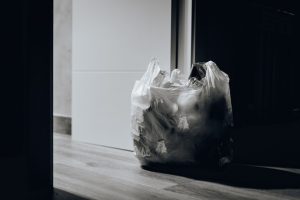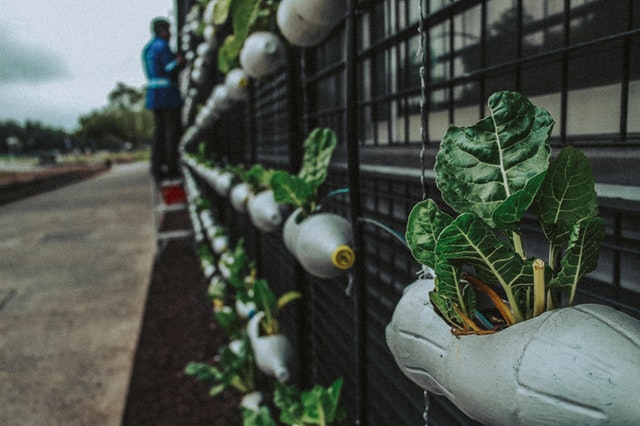In 2018, the World Bank released a report titled “What a Waste 2.0: A Global Snapshot of Solid Waste Management to 2050.” The report was the aftermath of years of information searching in hundreds of cities in different countries. Unfortunately, the report does not bear good news. It indicates that 2.01 billion metric tons of solid waste are produced globally every year, and if nothing is done about this, waste production is going to grow by 70 per cent to hit 3.40 billion metric tons by 2050.
In addition, the report points out that, currently, only a meagre 13.5% of waste is recycled and another 5.5% converted to compost. That leaves us with around 81% of waste lying around. The question that arises is whether we can make better use of this waste and how.
A book authored in 2014 by Marta H. Wisniewska and other writers offers a viable suggestion. As its title suggests, we can build from waste and make good use of recovered materials in construction and architecture. This could mean investing more in constructing building materials that are purely made from waste. Here are 6 building materials made entirely from waste products that are already in use and whose products we could increase to recycle larger amounts of waste.
Newspaper wood
Newspaper wood is made from rolling old paper and cardboard with glue and compressing the materials together to make a log-like product. The log is then chopped into planks that are sealed to make them waterproof and nonflammable. They are then used to replace wood in construction.
Recy blocks
This building material is made entirely from plastic bags. The bags are heated and then moulded to a block that can be used to make dividing walls due to their lightweight. They are also used as decoration material.
Plasphalt
This construction material mimics asphalt and consists of plastic grains made from unsorted waste. It is used in place of gravel and sand in the road and other constructions. Preliminary trials for asphalt on road construction indicate that it is less prone to wear than the usual asphalt made with sand and gravel.

Nappy roofing
Who would know what to do with the unsightly nappies and sanitary wastes disposed of our homes every day? Well, construction geeks are using it to make your roofing. Nappy roofs are made by removing the polymers from organic waste and using them to make roofing tiles from the fibre.
wood bricks
Yes, it’s blood as you know it. Animal blood from slaughterhouses is freeze-dried to form a powder that is then mixed with sand to cast bricks. The high levels of protein make blood a strong bio-adhesive and the resulting construction brick highly reliable.
Wine cork panels
Recycled wine corks are finding their way back to our houses as tiles on flooring and walls. Cork material is an excellent option because of its insulating and soundproof qualities. The material is also water-resistant and does not make room for fungi and mould. Besides, cork panels will not be destroyed if something drops on them as in the case ceramic ones.
In the words of Mitchell Joachim, one of the contributors in the previously mentioned book on ‘Building from Waste’, we can make a better management of the growing amounts of waste if “the future city makes no distinction between waste and supply.”
